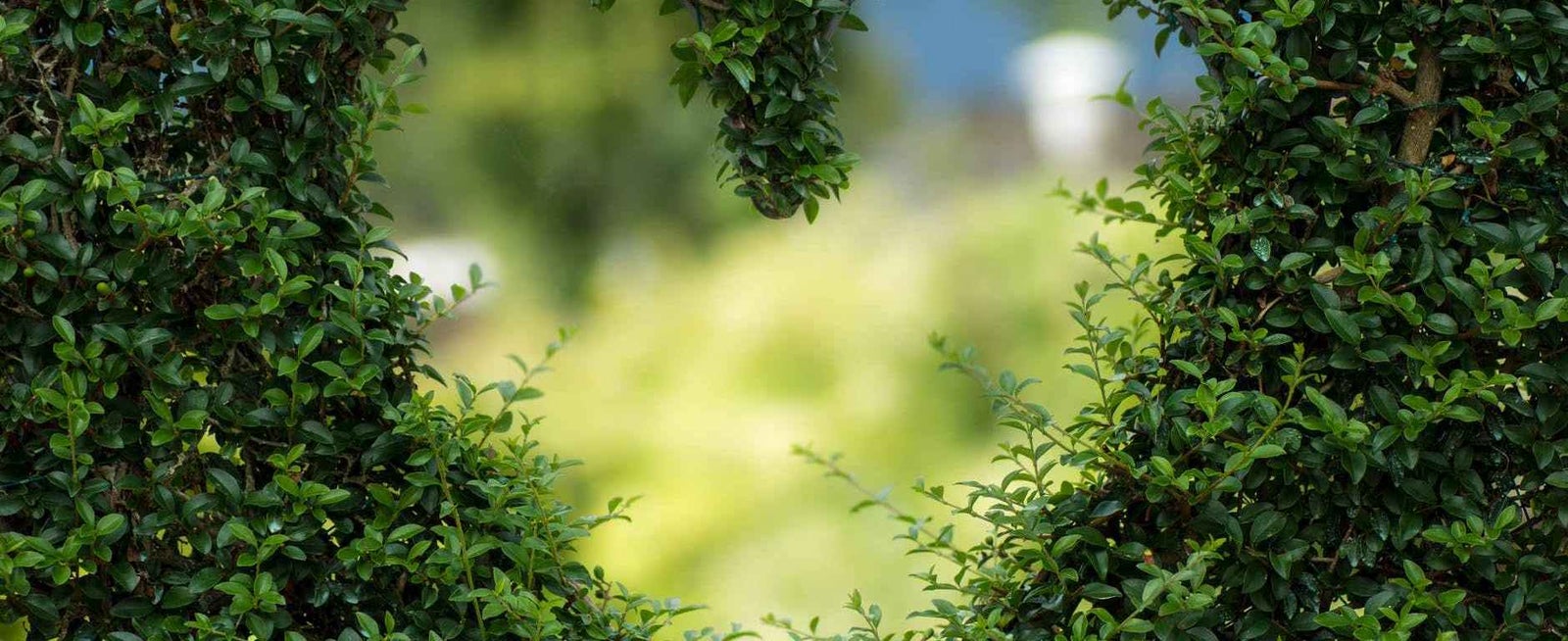 Flowers will always be in style but If you don’t want flowers…here are a few heart shaped plants that will do the trick.Heart-shaped plants last longer and cost less than roses (They also have a kinder environmental impact in how they are grown and shipped), plus they will be a constant reminder of your love.The sweetheart plant – What an Apropo name.An easy-care tropical evergreen that thrives indoors, this heart-shaped fleshy-leaved plant needs bright, indirect light and should be watered sparingly (let the soil dry out a little between waterings, or the roots may rot). It prefers moderate to high humidity, so it will do especially well in bathrooms and kitchens.
Flowers will always be in style but If you don’t want flowers…here are a few heart shaped plants that will do the trick.Heart-shaped plants last longer and cost less than roses (They also have a kinder environmental impact in how they are grown and shipped), plus they will be a constant reminder of your love.The sweetheart plant – What an Apropo name.An easy-care tropical evergreen that thrives indoors, this heart-shaped fleshy-leaved plant needs bright, indirect light and should be watered sparingly (let the soil dry out a little between waterings, or the roots may rot). It prefers moderate to high humidity, so it will do especially well in bathrooms and kitchens.Flamingo LilyFind out everything you always wanted to know about Flamingo Lilies here.
Watermelon PeperomiaThis low-maintenance tropical plant, with dainty heart-shaped leaves, is an excellent choice for beginner plant owners. It needs a bright spot in your house, with indirect sunlight, and watering only when the soil becomes quite dry. This trailing plant looks great in a hanging basket.
Anthurium clarinerviumThis plants sumptuous suede-textured leaves and striking vein pattern make it a bold and seductive Valentine’s gift. It prefers medium to bright indirect light and should be watered thoroughly, once the top inch or two of the soil are dry. Loves humidity!
Monstera deliciosa – Aka The Swiss Cheese plantMonstera deliciosa, the Swiss cheese plant, is a species of flowering plant native to tropical forests of southern Mexico, south to Panama. It has been introduced to many tropical areas, and has become a mildly invasive species in Hawaii, Seychelles, Ascension Island and the Society Islands. It is very widely grown in temperate zones as a houseplant.Here is How to Care for your Monstera Deliciosa
String of hearts
 Easy to care for and robust, despite its delicate experience, this house plant comes in pinky-purple or various hues of green. It has beautiful marbled heart-shaped leaves that trail and grow rapidly. They don’t need a whole lot of watering, and they adapt well to different light conditions, even though they favour a brighter spot, without too much direct sunlight.
Easy to care for and robust, despite its delicate experience, this house plant comes in pinky-purple or various hues of green. It has beautiful marbled heart-shaped leaves that trail and grow rapidly. They don’t need a whole lot of watering, and they adapt well to different light conditions, even though they favour a brighter spot, without too much direct sunlight.Cupid Peperomia – What an Apropo Name.
 Peperomia are native to tropical and subtropical regions of the world, in particular Central America. Most are compact perennial plants which are grown for their ornamental foliage, rather than their flowers, which are quite unimpressive.HOW TO CARE FOR YOUR PEPEROMIA
Peperomia are native to tropical and subtropical regions of the world, in particular Central America. Most are compact perennial plants which are grown for their ornamental foliage, rather than their flowers, which are quite unimpressive.HOW TO CARE FOR YOUR PEPEROMIA



